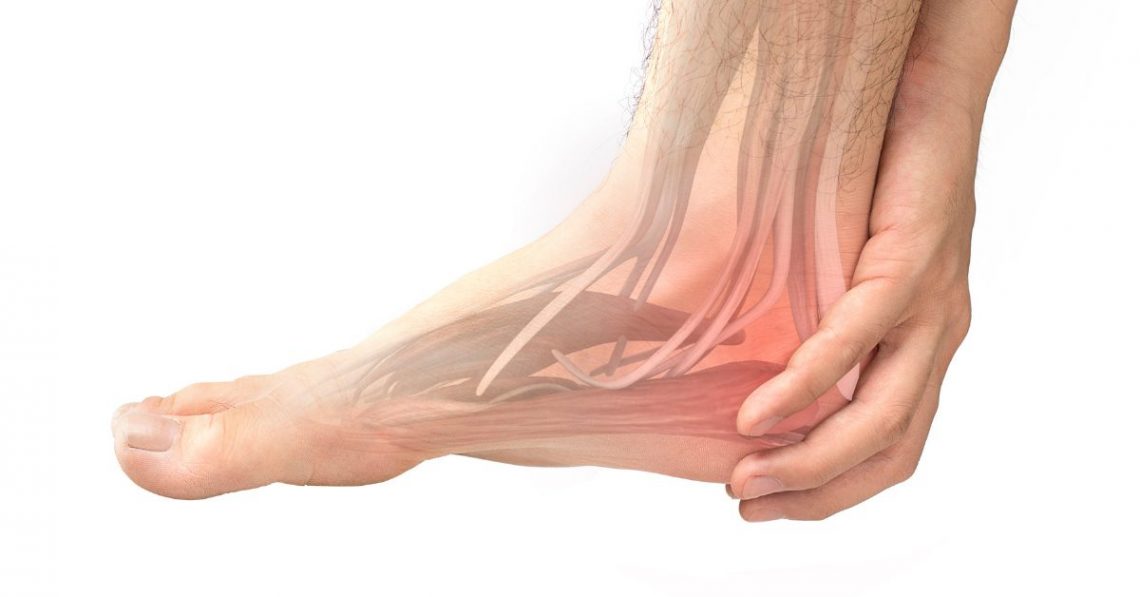Even Podiatrists Get Heel Pain! - Part 2
In this post, David covers the steps that he took to get on top of his heel pain. This is what he did for treatment. This is the 2nd post of a 2 part series on how our Podiatrist David conquered his heel pain. To see the first part, just click here.
Treatment - A Multi-Pronged Approach
Now that I had a confirmed diagnosis of plantar fasciitis being the cause of my heel pain, I could set about treating it in a directed fashion. Rehabilitation would involve a combination of treatments and would require a healthy dose of persistence and patience.
Load Management
My first step was to put ego aside and objectively review my training strategy. It was obvious that my running “plan” involved the common mistake of too much, too soon, and with scant regard for laying down a proper foundation of lower limb strengthening and mobility.
For several weeks I greatly reduced my training volume and frequency to reduce the load being transmitted through the plantar fascia and allow my symptoms to settle. This meant I went from daily running sessions of 4-6km at a challenging pace to 3 easy walks per week, at a pace where I could hold a conversation without being out of breath.
On days when I wanted to mix things up, I would do non-weight bearing exercise alternatives such as cycling or swimming instead of walking.
Before and after each training session I would prioritise an extended warm-up and cool-down which would include variations of both dynamic and static stretches of the thigh, calf and foot muscles.
On days between walking sessions I would perform regular ankle mobility exercises, static calf muscle stretches, and low intensity strengthening exercises such as bodyweight heel raises to help build a good base of lower limb strength and flexibility.
Footwear
At the same time I was making these changes to my training, I also made some important changes to my footwear.
My current trainers were greater than 12 months old and were showing obvious signs of wear and tear; the upper material was starting to fray and bulge at the midfoot, the midsole material no longer had the same spring or sponginess as when new, and the outsole tread was worn or completely bald in some areas.
Now, everyone’s feet are different and each individual benefits from different shoes based on how their feet function. Personally, my feet are quite flat and prone to arch collapse and the appearance of my ankles “rolling in”.
I knew that I would benefit from a stability or motion control shoe which would help control the rapidity and extent to which my feet were rolling in, and thus help reduce the force and stress being exerted on my plantar fascia.
So, after consulting with my preferred sports footwear store, I emerged with a brand new pair of shoes that were comfortable, supportive and suitable for my intended activity.
Adjunct Therapies
After making these changes there was a gradual but noticeable reduction in my heel pain.
After less than a month, the stabbing, hobbling pain that would punctuate my mornings was becoming less frequent and the throbbing, dull ache at the end of the day was definitely less severe.
However, I felt that there was still room for improvement and I wanted to get as close to pain free as soon as possible. I decided to supplement my treatment with some adjunct therapies.
The first of these was regular strapping of my feet with sports tape prior to exercise and addition of arch supports and padding to my footwear. Though my new shoes were definitely an upgrade from the previous pair, I felt that I would benefit from the increased passive support and control that rigid tape and arch inserts would provide, at least in the short term, to further reduce the stress on the plantar fascia.
Additionally, I had a colleague trained in acupuncture regularly perform needling of the muscles in my hamstrings, calf and foot to help relax some of the trigger points that regular stretching had not been able to alleviate fully.
The same colleague was also trained in manual therapy techniques,and would also perform gentle mobilisation and manipulation of the joints of my ankles and feet, as well as the surrounding soft tissue to help improve my mobility and flexibility.
Over the next two months, these combined treatment modalities helped reduce my heel pain symptoms to the point where I was virtually pain free and ready to progress further with my training, albeit a little bit more sensibly this time.

